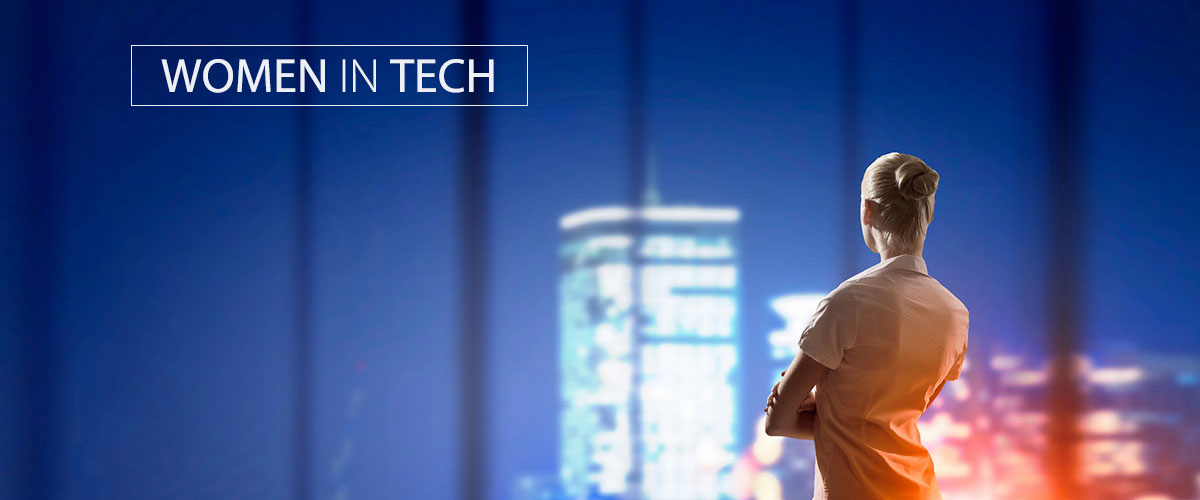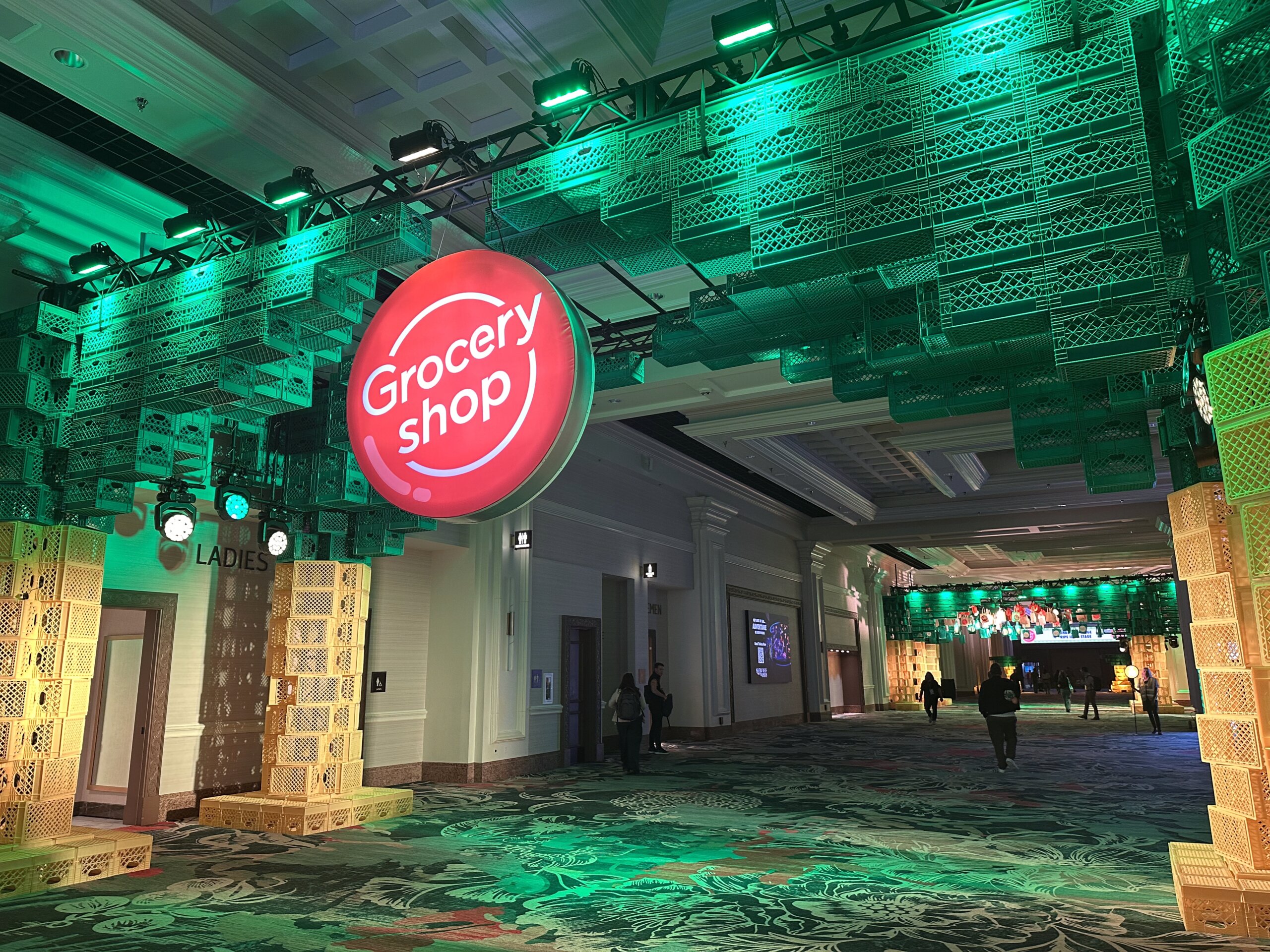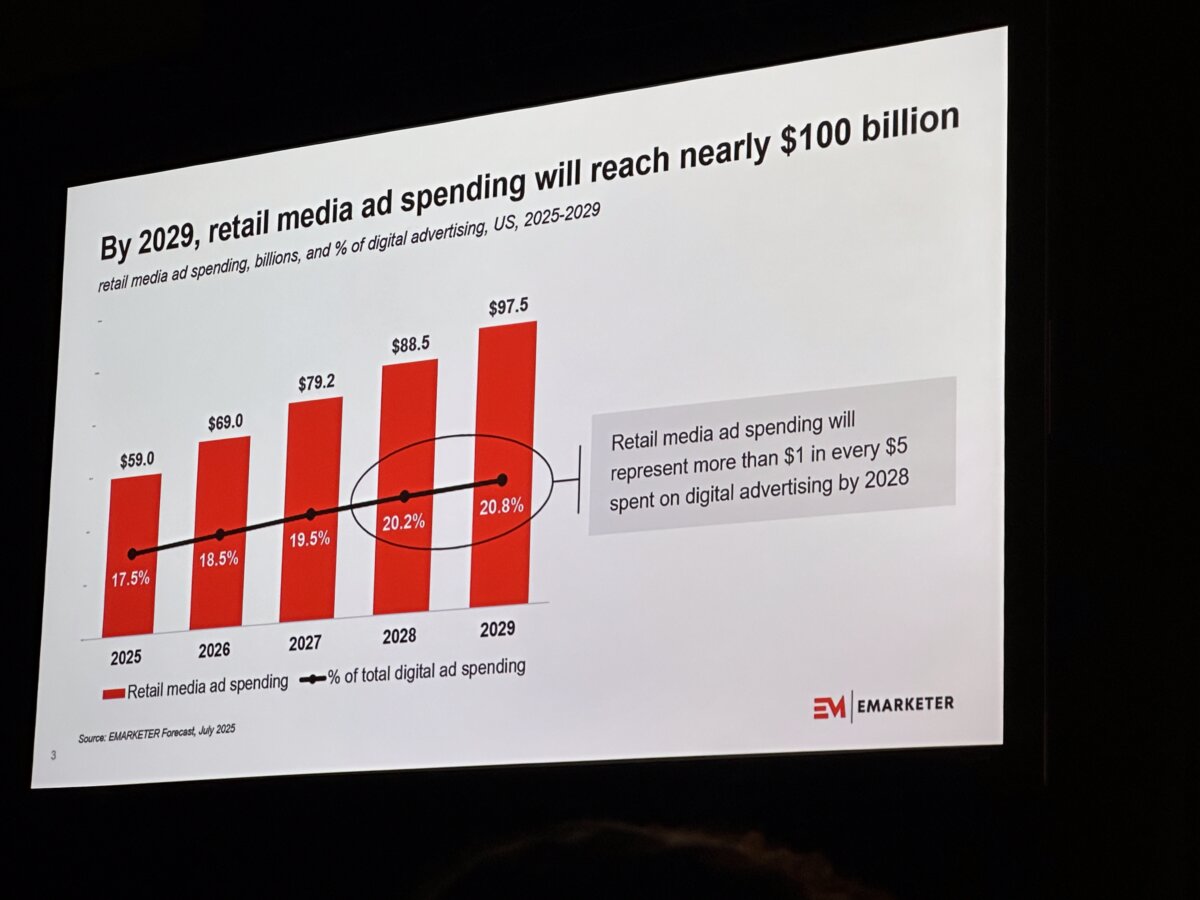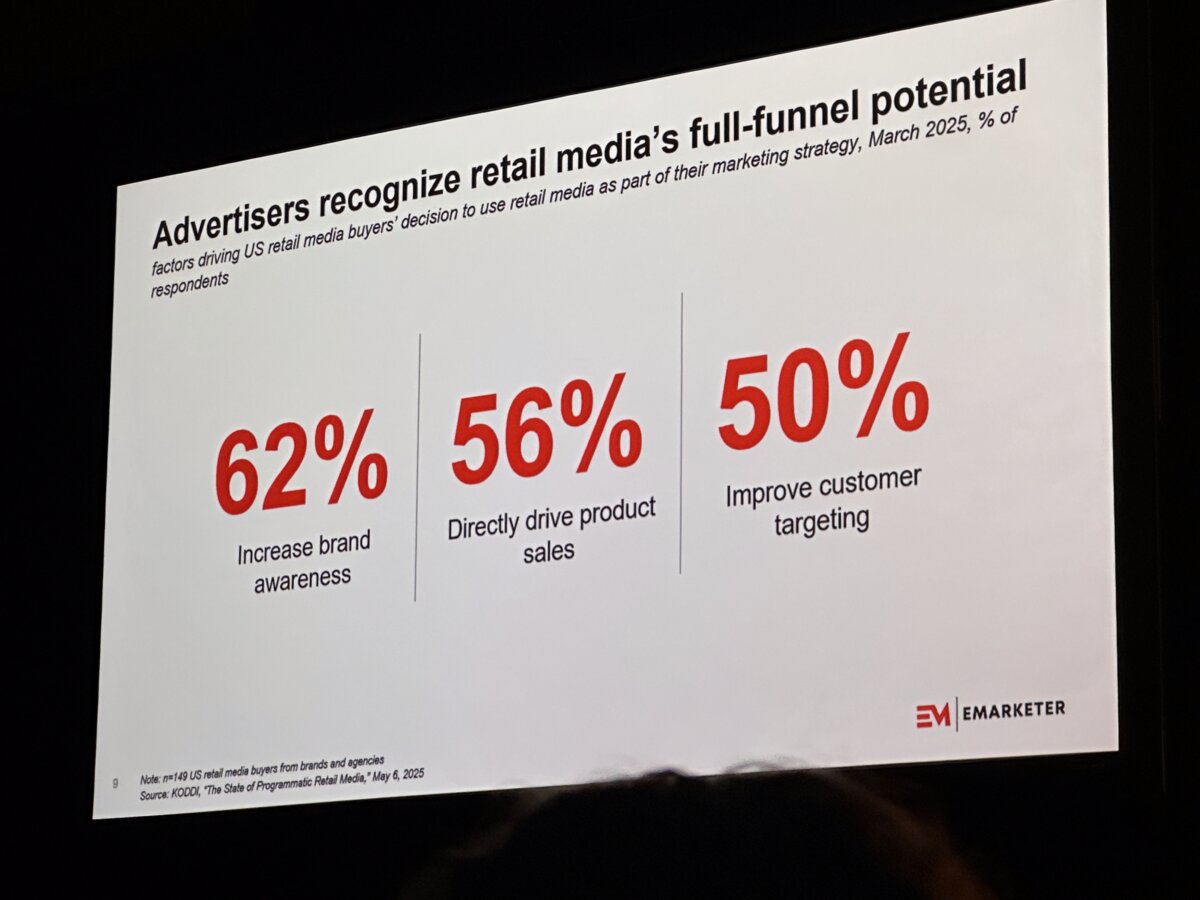| October 11, 2021
Digital Signage in a New York Minute: An interview with Susie Zimber
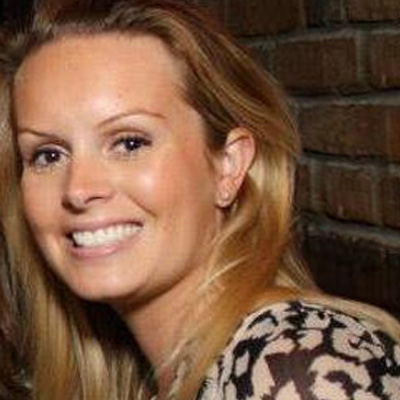
I asked Susie Zimber, National Account Executive at Zoom Media, to pick a lunch spot close to her office. Nestled in Murray Hill, she opted for a diner that would be quiet enough for me to record our conversation about all things digital. As we sipped our matzo ball soups, a perfect dish for the chilly day, the svelte blonde dressed in a black ensemble candidly explained why she is so passionate about the digital out-of-home space. Her polite yet nimble nature makes such an excitement infectious.
“At the start of my career, the out-of-home industry was all about static media, like billboards, bus shelters and coffee sleeves,” stated Susie, as she recalled wondering what would be next to keep clients interested and wanting to spend money in OOH versus other media formats. “I remember playing a game of lacrosse when suddenly the football field’s Jumbotron was activated, allowing everyone to see my player stats on the big screen. From then on, I thought digital would be the way of the future.”
Upon graduating with a major in Communications from Boston College, Susie moved to New York City to become an Ad Sales Assistant for Men’s Health Magazine. The daughter of a professional tennis player and talented athlete herself (Susie had a full college scholarship thanks to lacrosse) Susie was naturally drawn to the magazine’s content. While working at the publication, her interest in outdoor media was piqued by her boyfriend-turned-husband’s internship at Clear Channel Airports, leading her to accept a position at Zenith Media as an out-of-home buyer for brands such as Verizon.
Embracing a “young and fun industry” along with a work hard, play hard attitude, Susie took on an opportunity at Kinetic where she spent several years working with clients like DKNY, Chanel and American Express. Jumping from the agency to network side of the business, Susie stayed true to the fitness root of her career path by joining Outcast Fitness Network before taking her current role at Zoom Media. “I love working for Zoom because I’m selling something I believe in,” gushed Susie. “I am a target consumer myself, visiting health clubs in the morning or on my way home after work.”
Like many young professionals, Susie goes to the gym and supermarket after her day at the office, gets home late, eats dinner and goes to sleep. “What I watch on TV is DVR and while I still read magazines, I consume the rest of media online through my computer and mobile. Content is up-to-the minute, relevant and serves the urgency created by people who want something right when they need it. Everything is merging into digital – it can only go up from here.”
Susie’s inclination toward the combination of digital, health and fitness became even more apparent as she spoke about Zoom Cardio, a network of touchscreens that track gym-goers’ workouts. “Zoom Cardio engages people by allowing them to plan their playlists at home, watch on-demand programming and live TV at the gym. It even provides a virtual interactive option to, for example, run through the Grand Canyon as the treadmill mimics its terrain,” said Susie. “At the end of the day, we want to help consumers get through their workouts, achieve their goals and leave the health club feeling good.”
People working within the digital signage industry should feel good as well. Susie believes it is an exciting time to be in digital and advises everyone to stay in the game to see what occurs from constant technology advances. “Hold on,” she grinned, “it’s going to be a crazy ride”.
About Susie
Susie Zimber took a position at Zoom Media & Marketing in October of 2012. She brought to Zoom a blended background of OOH sales and agency experience previously from Outcast Fitness, Kinetic WW and Zenith Media. At the end of the day she understands the shared struggles of her agency partners and clients and knows how important it is to be a resource to those in need of her help and enjoys working alongside them to deliver the objectives of the campaign from start to completion. 2014 has already proven to be a big year for Zimber as she is already pacing beyond her sales goal as of March 15th!
Zimber is a graduate of Boston College with a BA degree in Communications. She currently lives with her husband on the Upper East Side of Manhattan and enjoys going to the gym (of course!), running in Central Park, watching movies and hanging out with friends and family.
